Samsung Galaxy Z Fold 3 review: Unfolding the future
An average camera array aside, this is a smoother, tougher and more likable Fold
-
+
Stunning displays
-
+
Snappy processor
-
+
Stronger hinge
-
-
Very expensive
-
-
Middling cameras


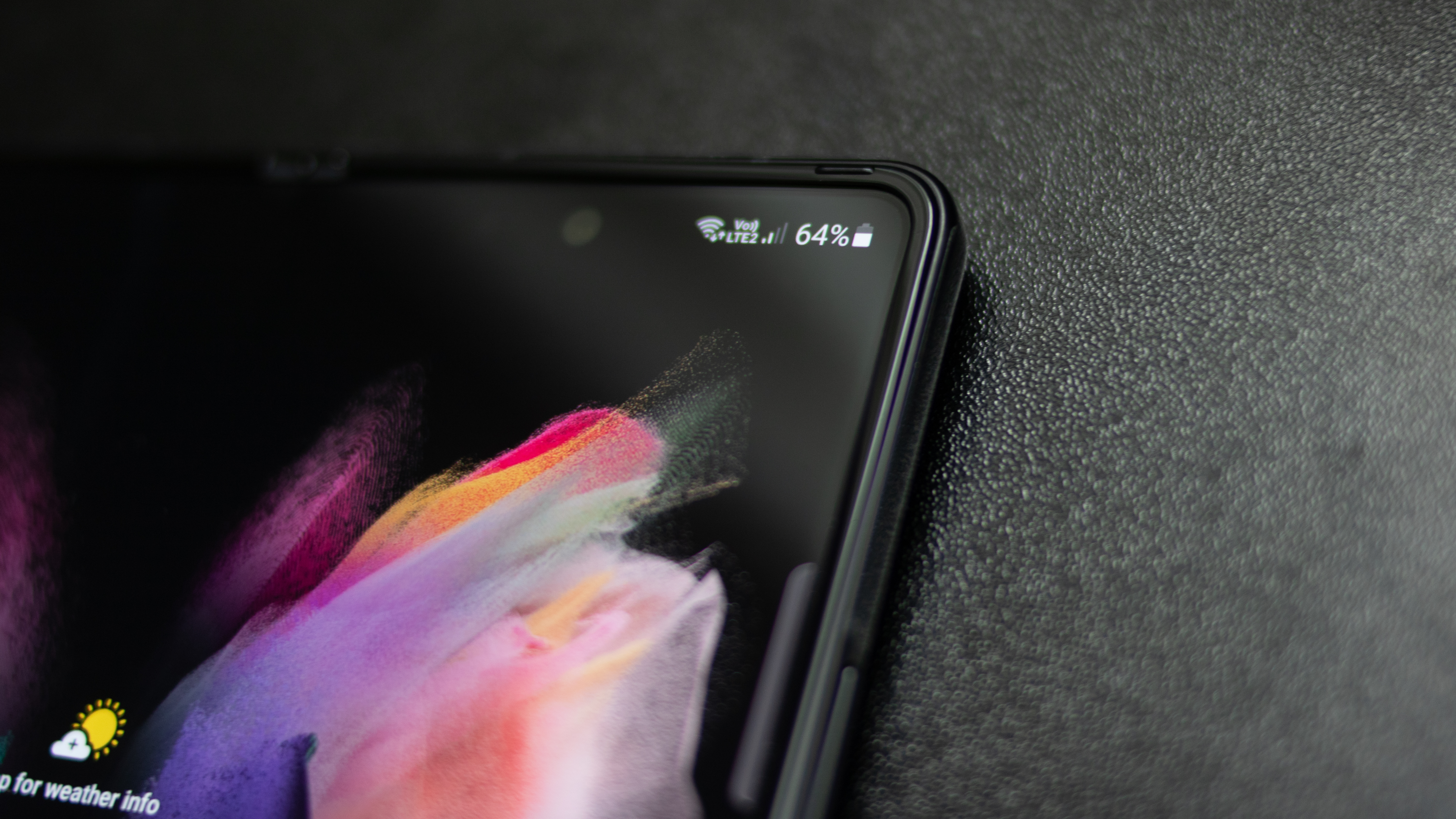
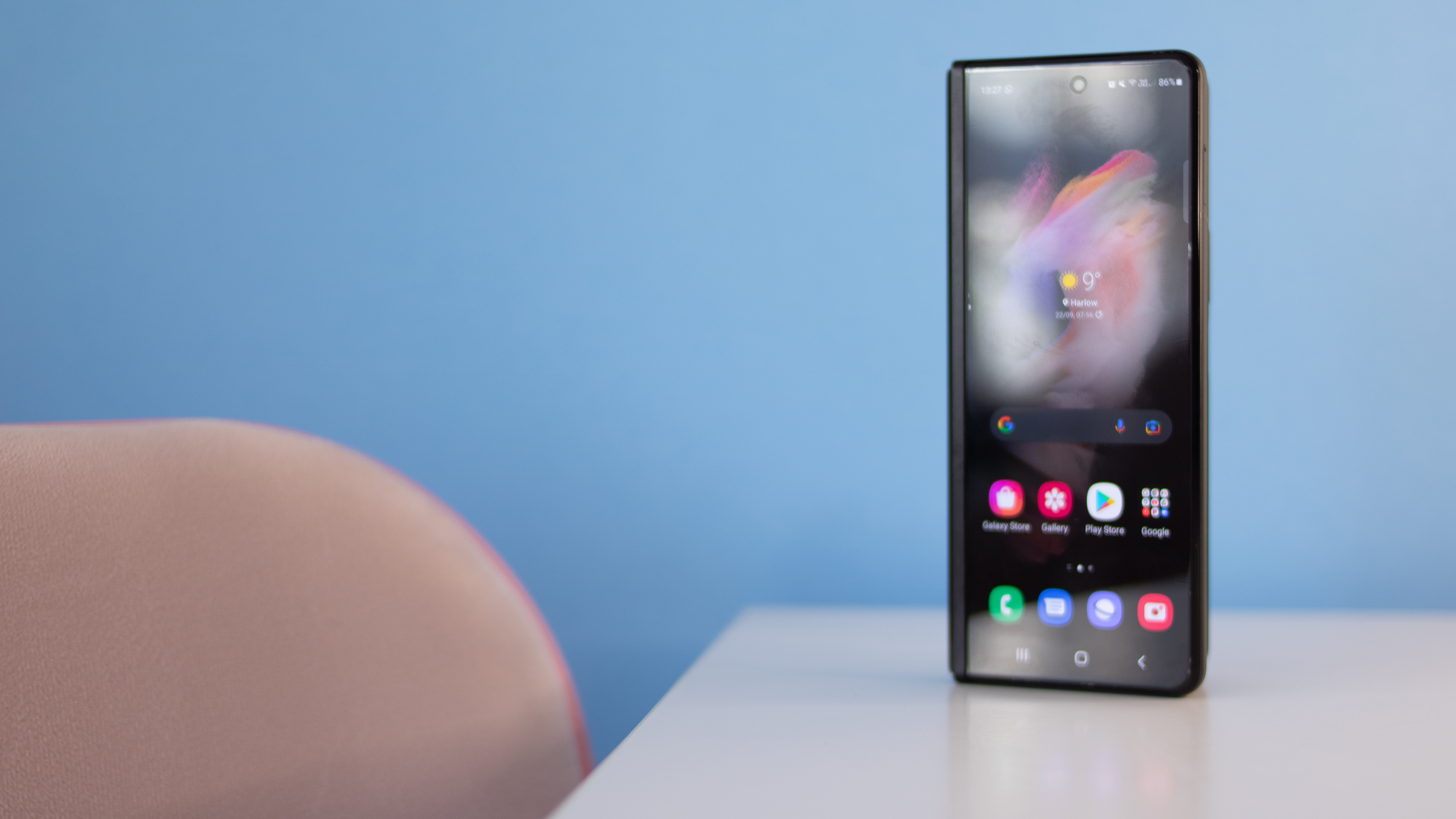

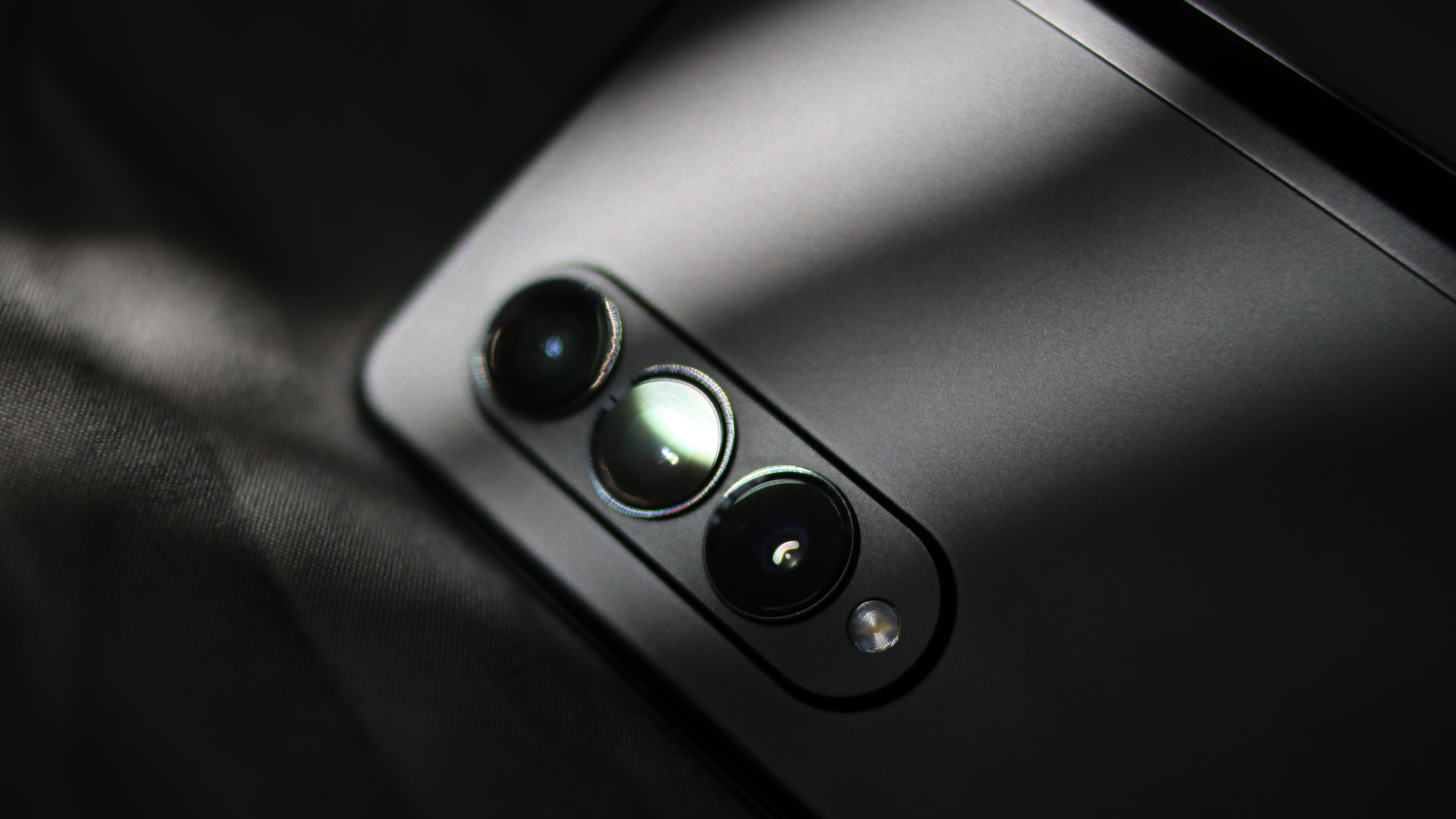
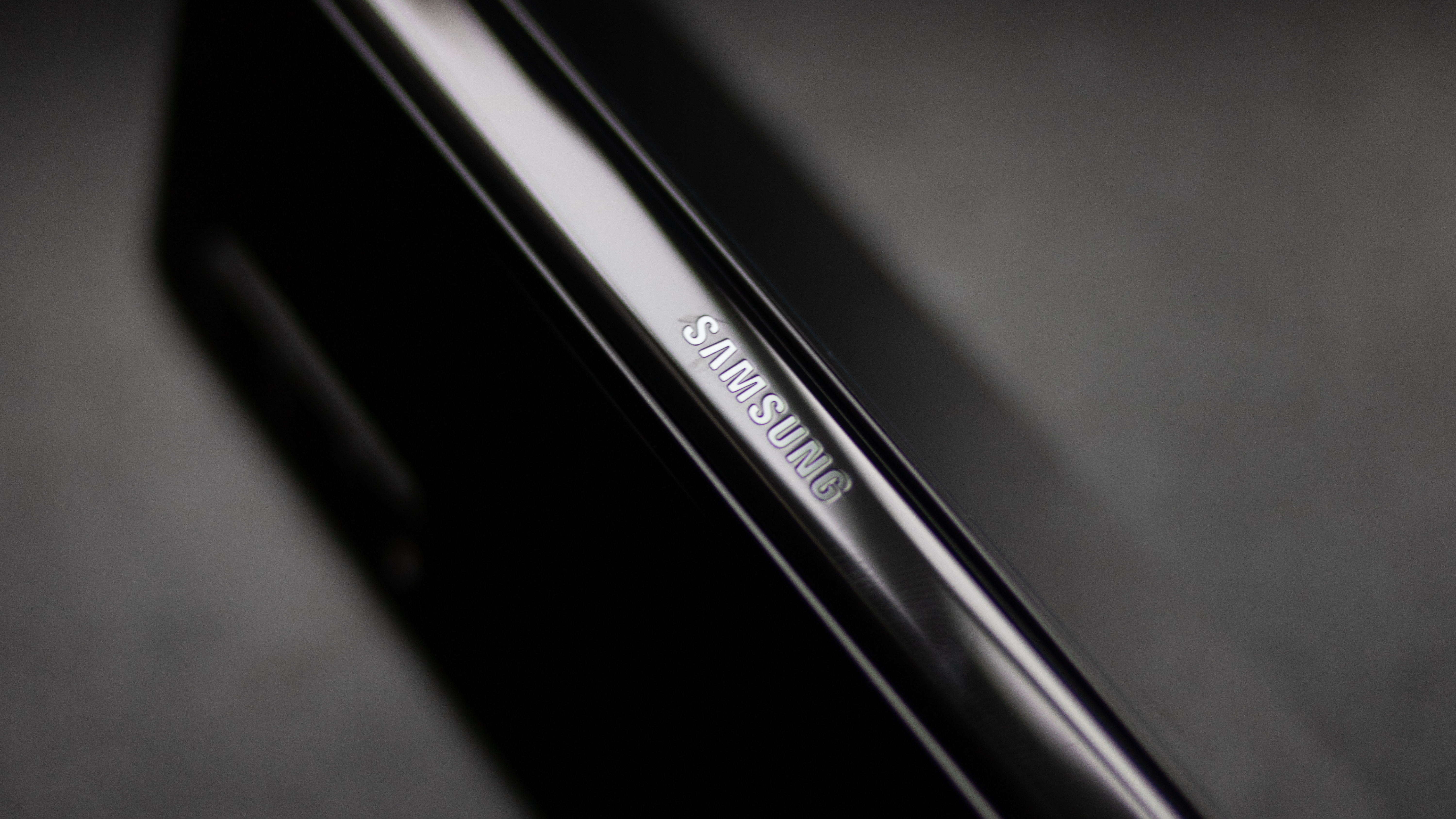
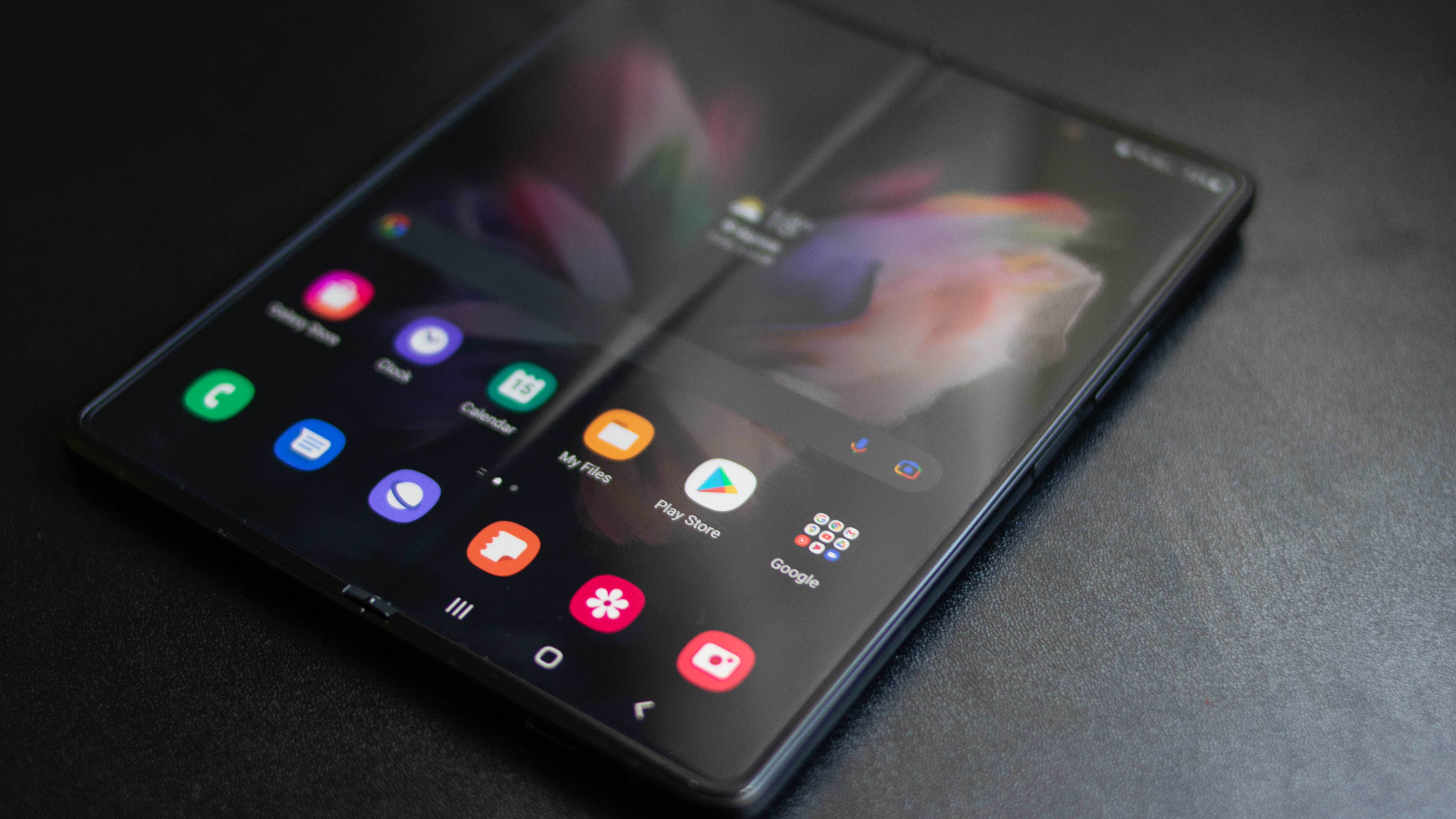
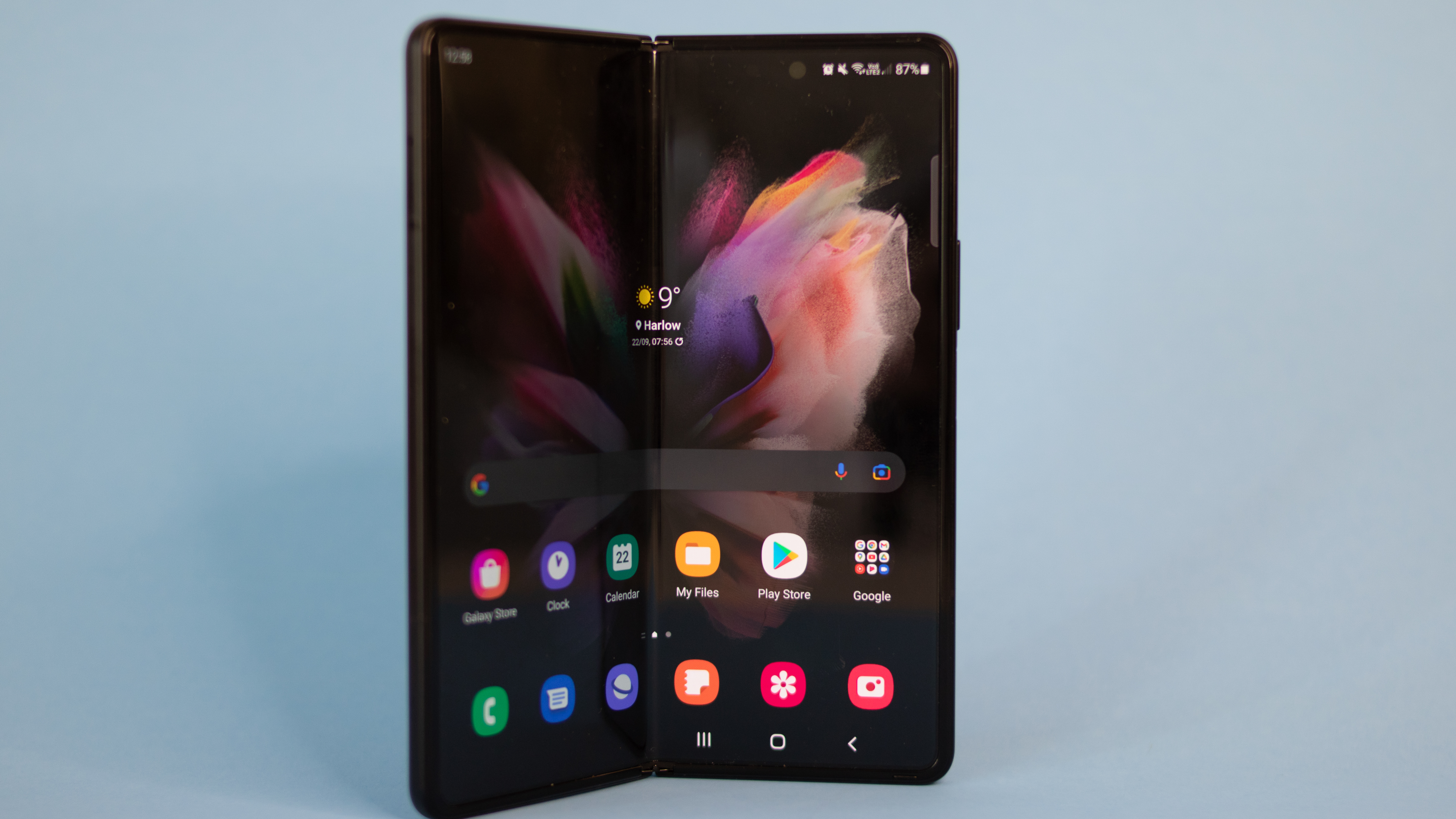
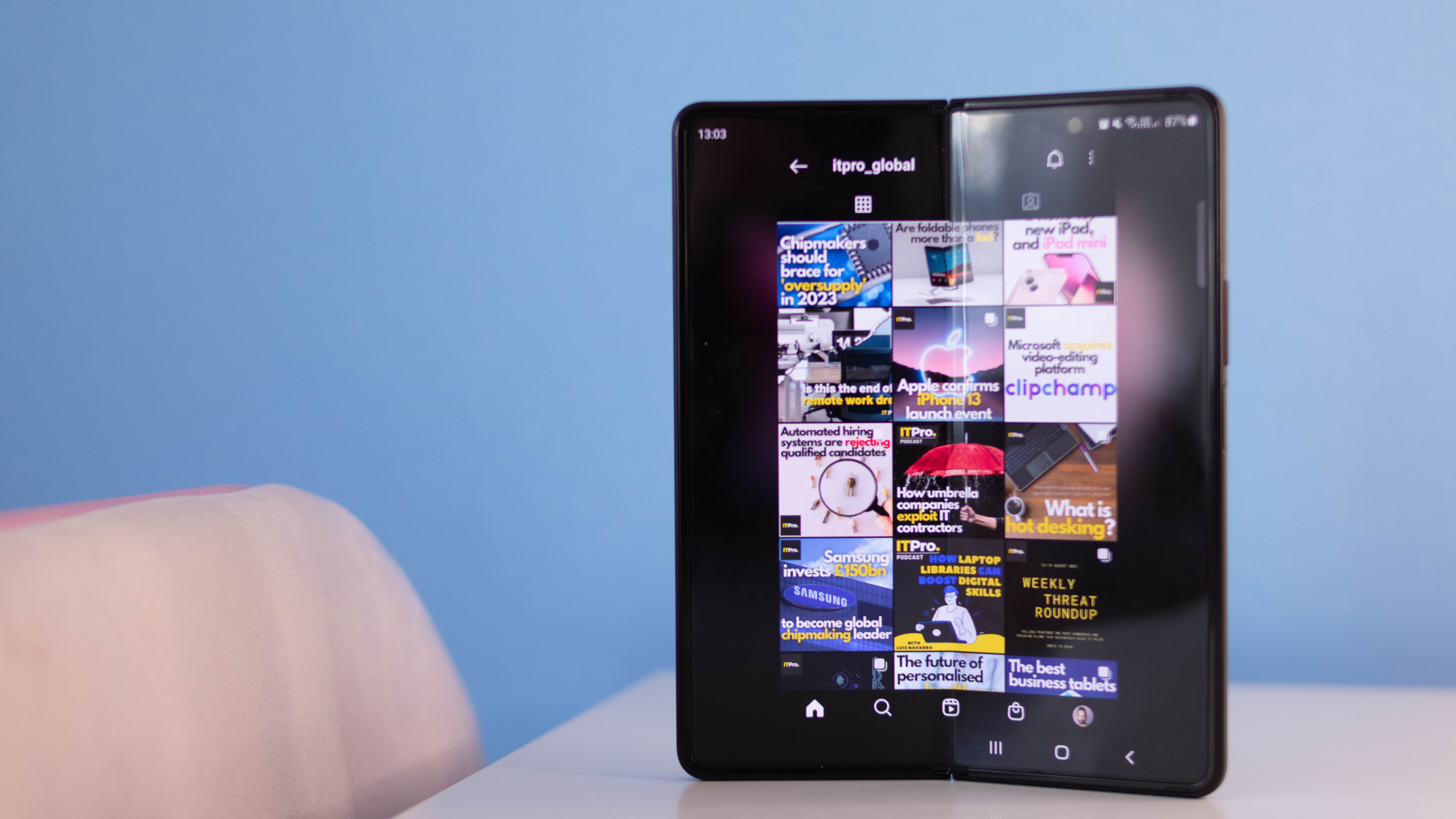
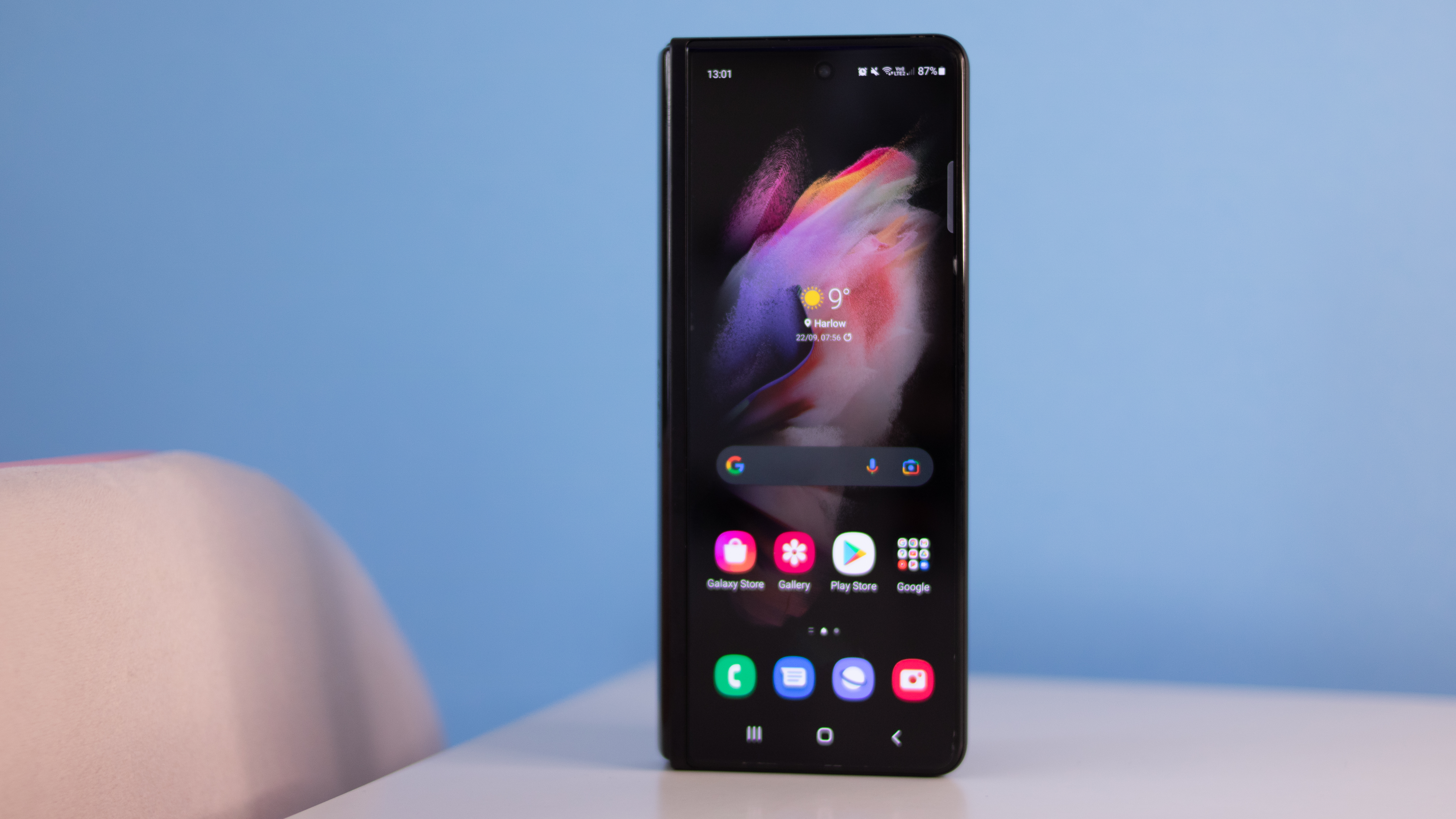
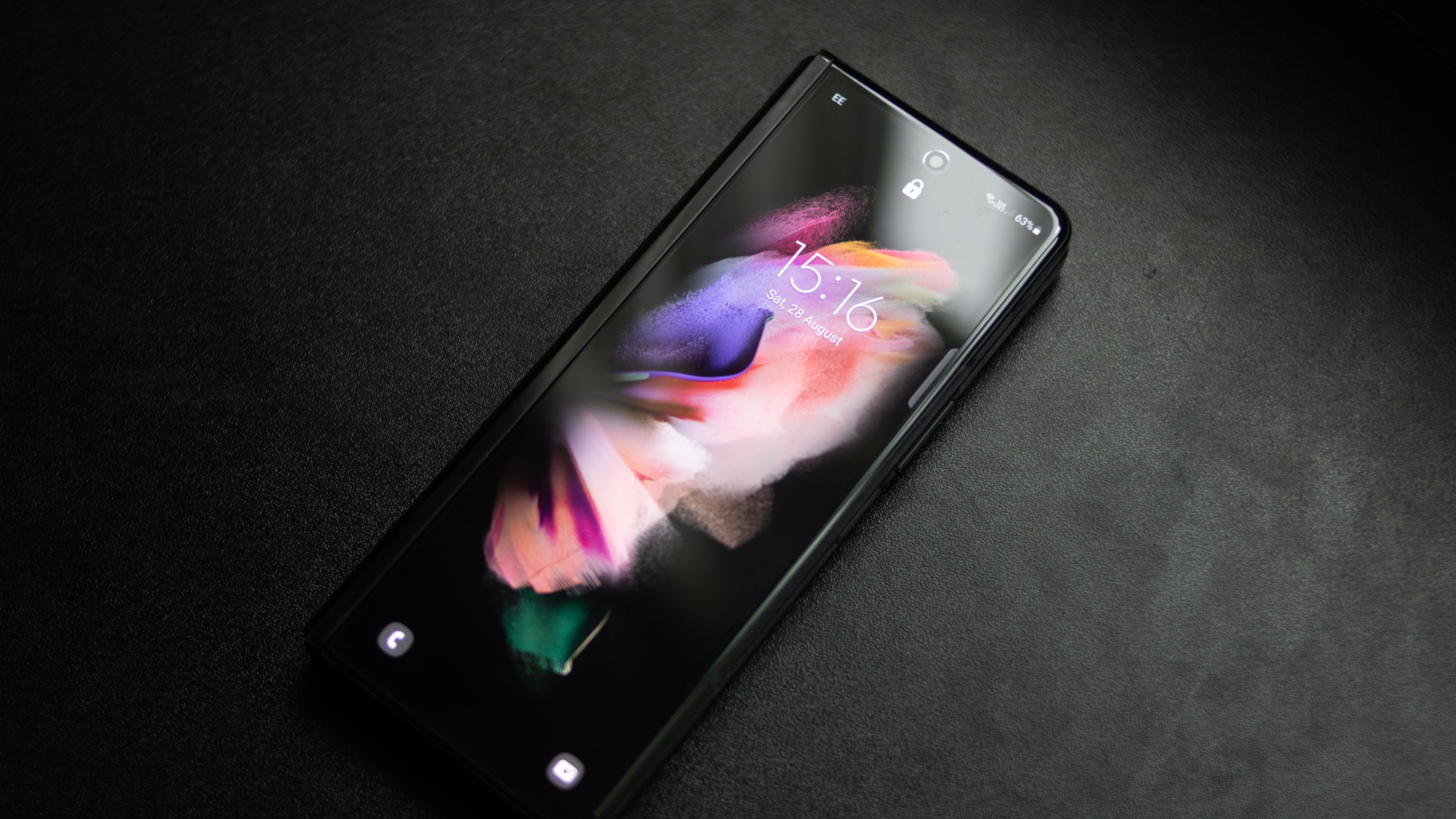

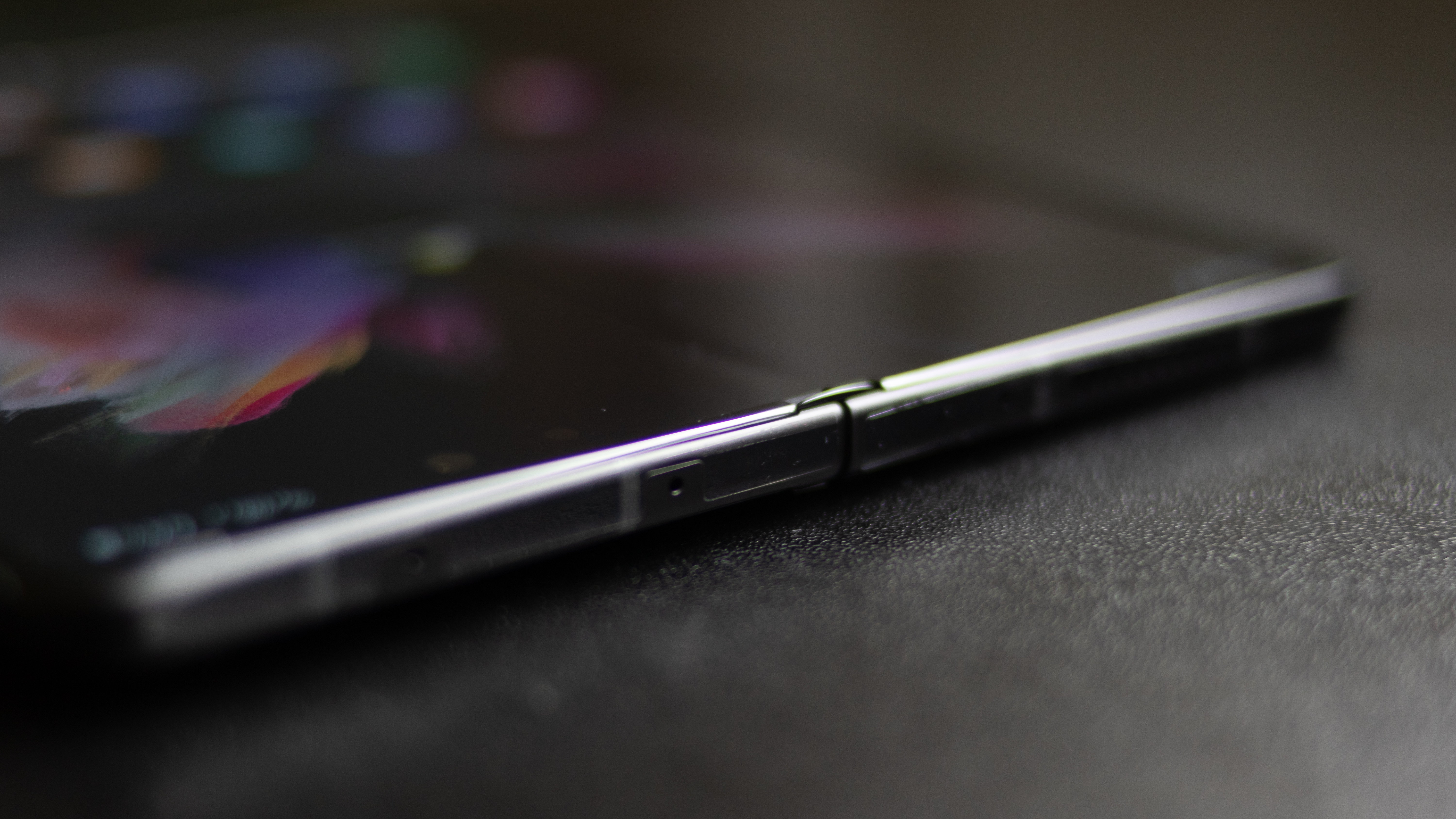
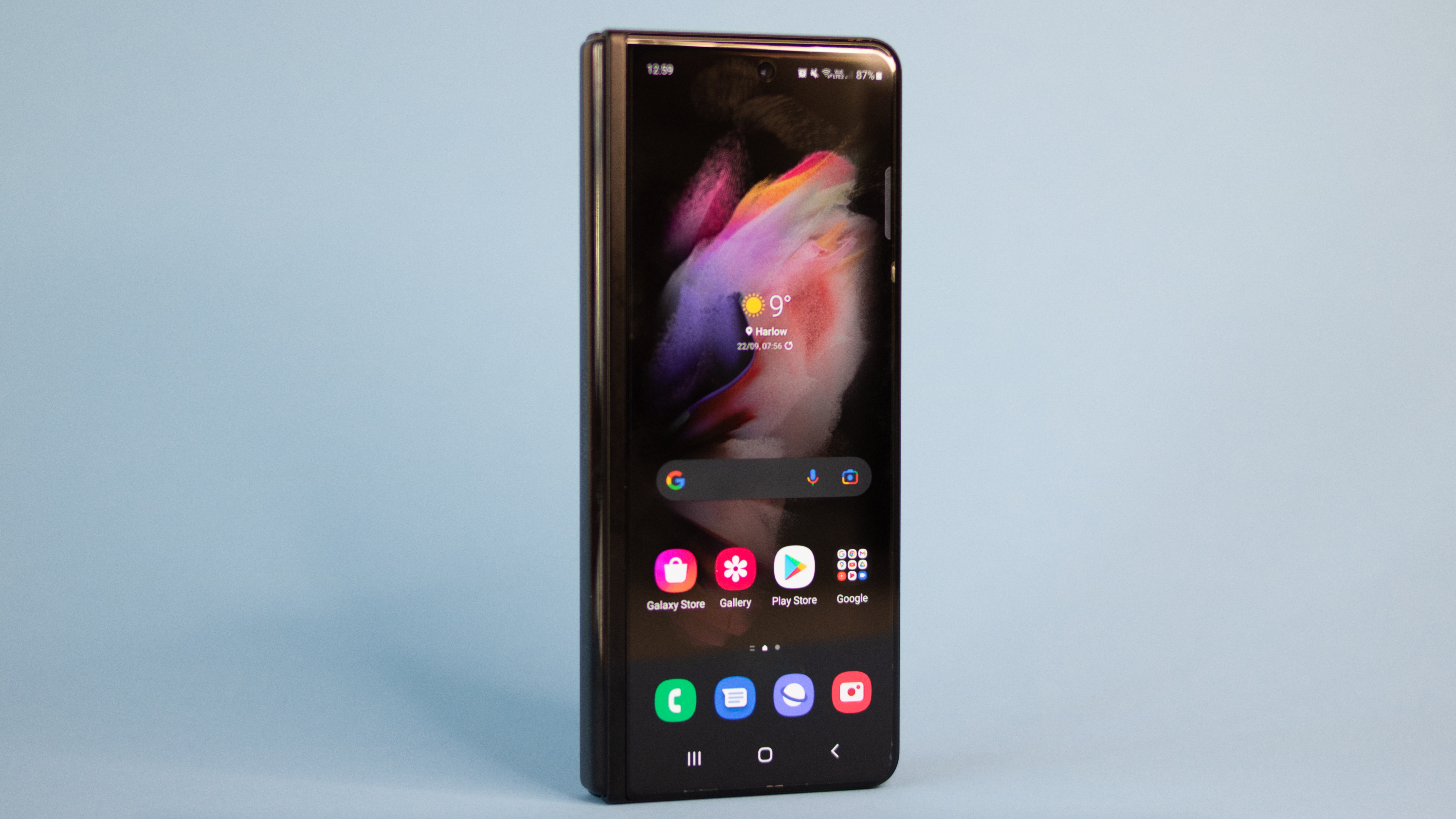
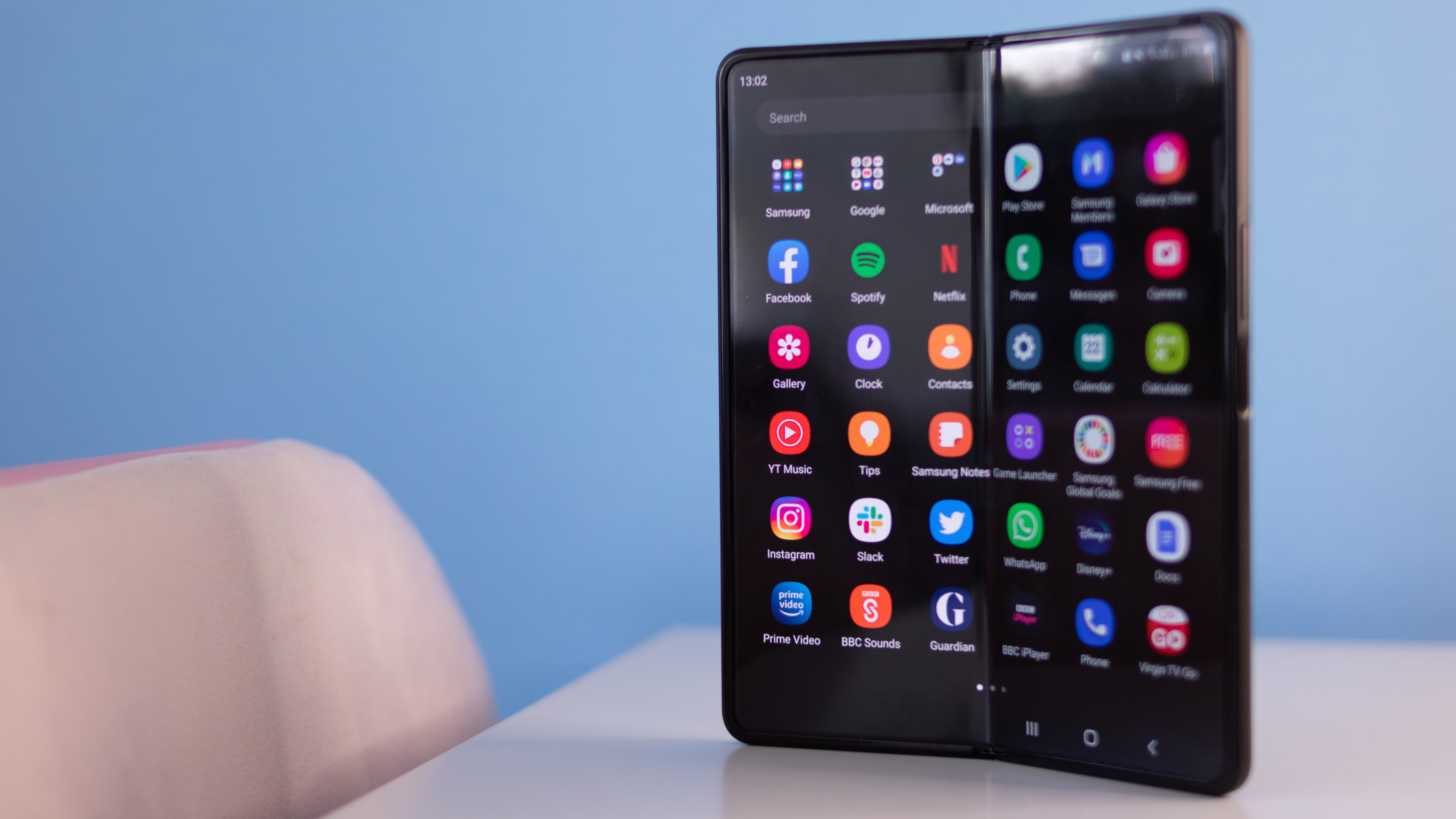
Back in 2019, it seemed as though foldable smartphones were the answer to a question that nobody had asked. Worse, they quickly became problematic for their manufacturers; Samsung's Galaxy Z Fold, for example, suffered multiple delays, hardware faults and a full-on PR disaster when it launched three years ago.
But here we are, one long pandemic later, and not only do we have a third iteration of the Galaxy Z Fold, but it has also taken precedence over Samsung's highly popular Note series - which was not refreshed for 2021. So are we looking at the first 'mainstream' foldable smartphone, or is the Galaxy Z Fold 3 just a poor substitute for a Note 21?
Samsung Galaxy Z Fold 3 review: Design
It's a little ironic that the Fold 3, with its squared frame, almost looks like two skinny Note handsets stuck together when folded; it's a slim smartphone, with a 6.2in outer display, that folds out into a mini tablet, with a 7.6in inner display. The key points for this to work are its hinge and its foldable display - both of which are very delicate innovations.
For 2021, there's a new hinge design, hidden away behind a black bar. It's also supported by a tougher frame built with new materials that Samsung calls 'Armour Aluminium'. This is said to be 10% stronger than last year's Fold 2 and to be fair, it does feel a little bit more solid. Take that with a pinch of salt though, as it isn't exactly drop resistant. The Fold 3 is, and probably always will be, a fragile beauty. That being said, it has an IPX8 water resistance rating which means you can dunk your Fold in 1.5m of water for around 30 minutes. This is because its insides have water-proof coating and rubber seals on all its components.
It comes in 'Phantom Black', 'Phantom Silver' or 'Phantom Green', and each colour is beautiful - although we can't really explain the 'Phantom' part of the name, as they're neither spooky nor see-through. Our review unit came in black and had the same attractive matte finish as the S21 Ultra.

Sizewise, Samsung has also managed to shave off a millimeter compared to last year's model. It is now just 158mm tall and 67mm wide when unfolded. The weight has also dropped to 271g down from 282g which makes it easier to handle on the move. From our experience, we tended to use the smaller screen while walking and the larger screen when sitting down (or at least standing still).
There's an awkwardness to having it unfolded for long periods of time, particularly if you're holding other things like shopping bags or a drink. This device unfolds to a mini tablet, but it's still a mobile phone, and this awkwardness means the 'mobile' element is somewhat hampered.
Samsung Galaxy Z Fold 3 review: Display(s)
There's no change to either the size or resolution of the Fold 3's inner display compared to the Fold 2, though there is a slight tweak on the outer display, which has gone from an 816 x 2,260 resolution to 832 x 2,260. Samsung has also added a 120Hz refresh rate to the inner display, which appeared on the Galaxy Note 20, S20 and S21. This feature is adaptive and switches to suit the app or content you're viewing in a bid to save battery power.
In our tests both internal and external screens scored high for sRGB gamut colour coverage: 99.5% for the outer display and a perfect 100% for the inner display. Both match the quality of the S21 and surpass the Note 20, which was admittedly poor for a Samsung panel. For brightness, the smaller screen hit 345cd/m2, while the larger screen scored 374cd/m2.
The test scores confirm what we felt using both screens - these are crisp, vivid displays. Neither has any issue in bright conditions and both looked brilliant with all types of content we viewed - the top refresh rate makes social media scrolling smoother than Butterscotch Angel Delight. The only issue here is with the width of the smaller display. It's fine for checking notifications or even watching content, but with only 67mm to play with, the keyboard is rather squished, and any serious typing or interaction is very hard with average-sized digits.

Samsung Galaxy Z Fold 3 review: Specs and performance
Unlike the Exynos-powered S21, the Fold 3 is sporting Qualcomm's Snapdragon 888 processor, which was used in the OnePlus 9 Pro. As with many of the mobile CPUs available today, this has been developed with a 5nm process which houses more power in a small space. As such, the Fold 3 is super fast; in GeekBench 5 it notched up single-core scores of 1,094 and multi-core scores of 3,313. The latter was just short of the One Plus 9 Pro (3,557) and the S21 (3,549), but that's close enough to be considered a decent competitor.
Considering it has dual displays and software able to seamlessly switch between the two, the Fold 3 is technically fantastic. Performance is like-for-like on both displays and that includes switching from one to the other while using an application. It also holds up well when using multiple applications in the split screen mode or running lots of tabs while browsing. If the argument for buying a foldable is that you can do more with it, it's backing that up with its processing power.
Samsung Galaxy Z Fold 3 review: Battery
All the extra things you can do, such as the switching between displays, does require a lot of power though. The Fold 3 has a 4,400mAh battery, which is actually slightly smaller than the Fold 2's 4,500mAh cell. In our looped video test, the Fold 3's larger screen lasted 18hrs 28mins, which is about standard for a phone fitted with a battery-draining 120Hz display. Unsurprisingly, the smaller 6.7in screen offered up almost two hours more at 20hrs 2mins.
For comparison, both actually last longer than the OnePlus 9 Pro, but are still off the S21 Ultra's 22hrs 32mins result by some way. However, the test on the larger display did offer almost the same score as the Note 20 Ultra, with just a two minute difference between them. It is worth noting that it holds up very well in day to day use; no matter how much we threw at it the Fold 3 never needed a mid-day charge, and often made it to the end of the day with a little juice left in it.
There's also 25W fast charging and wireless charging capabilities, though neither are particularly impressive; the fast charger takes almost an hour and 20 minutes to go from 10% to full. The warp charge on OnePlus, for example, took the battery from 5% to almost full in just 30 minutes.

Samsung Galaxy Z Fold 3 review: Features
Feature-wise, there are an abundance of work-centric improvements on the Fold. It has S-Pen support, with two stylus models available: the S-Pen Fold Edition or the S-Pen Pro. Both are sold separately and neither were made available to IT Pro for this review, presumably because - unlike the Note 20 - the Fold doesn't have a dedicated slot for a stylus. For that, you need to buy a case.
Elsewhere there's Wi-Fi 6, Bluetooth 5.2, 5G connectivity and support for Samsung's Desktop Experience (DeX). Unfortunately it still has Samsung's Bixby digital assistant baked in, but you can choose to use the Google Assistant - or like most people, use neither.
What you will use - which is also an improvement from previous Folds - is the software and user interface. It's far simpler and smoother to operate than before, with greater multitasking functions and an improved split-screen mode. You can now adjust the size of app windows and enable a static taskbar that has a similar function to a desktop PC. On the subject of PCs, Microsoft's partnership with Samsung has also resulted in more dual-screen optimisations throughout its Office 365 suite. Microsoft Office, for instance, can support two pages at once on the inner display, for a book-style reading experience.
Samsung Galaxy Z Fold 3 review: Camera(s)
Sadly, the cameras on the Fold 3 are a little disappointing; It has three 12MP rear lenses (wide, telephoto and ultrawide) and a wimpy 4MP selfie camera. On paper this looks poor, because that paper will also say Samsung and we've come to expect the absolute best from its flagships.
That's not to say it's a bad camera phone; it's just bad by Samsung's usual standards. None of the lenses offer anything really special aside from optical image stabilization. The telephoto lens, for instance, only has 2x optical zoom, which feels a little paltry compared to the S21's 10x Space Zoom. This is perhaps the most important facet that Samsung will need to improve if the Fold series is to be a mainstream success. The Note 20's 108MP wide lens and 10MP selfie cam make the Fold 3's lenses look amateur.

It's only when it comes to software that the Fold 3 is a little more fun. You can partially unfold the device so that it sits on a surface and take shots without holding it, which includes a live preview mode. Dual screens and multiple cameras can be a little confusing, but once you get to grips with it, the software allows you to switch screens and lenses for more shot variety, but this would have been a knockout feature with higher camera specs.
It also comes with decent video capabilities, as it allows users to record stabilized videos at up to 4k with 60fps. Again, it's not groundbreaking, but it's able to capture crisp footage and its focus is sharp and quick.
Samsung Galaxy Z Fold 3 review: Verdict
For all its qualities, there are still some conceptual issues with Samsung's Galaxy Z Fold 3 that start to annoy over time. By the second week of use, we did grow tired of the smaller screen and its squished controls. It isn't always easy to fold it back either, particularly when you're in a rush; the average person looks at their phone all the time, so either make the unfolding easier or turn using the smaller screen into a better experience please, Samsung.
The low-spec camera is also off-putting. The S21 is almost £400 cheaper and that has arguably the best combination of lenses and software there has ever been on a smartphone. You have to question whether a device can be considered a flagship if it hasn't got flagship-quality cameras.
That being said, there are better reasons to buy the Fold 3 than there were for its predecessors: it's (slightly) tougher, the 120Hz refresh rate on both displays is a joy, it has much more power and the software is fantastic and intuitive. What's more, it's clear that the Fold is now a key part of the Samsung smartphone family, so we can presumably expect it to get even better. But for right now, we have a pretty worthy foldable at our fingertips.
Samsung Galaxy Z Fold 3 specifications
| Processor | Snapdragon 888 5G (5nm) |
| RAM | 12GB |
| Screen size | 6.7in, 7.6in |
| Screen resolution | 832 x 2268, 1768 x 2208 |
| Pixel density | 374 ppi density |
| Screen type | Dynamic AMOLED, Foldable Dynamic AMOLED |
| Front camera | 4 MP, f/1.8 |
| Rear camera | 12 MP, f/1.8, (wide), 12 MP, f/2.4 (telephoto), 12 MP, f/2.2, (ultrawide) |
| Dust and water resistance | IPX8 water resistant |
| 3.5mm headphone jack | No |
| Wireless charging | Yes |
| Connection type | USB-C 3.2 |
| Storage options | 256GB 12GB RAM, 512GB 12GB RAM |
| Memory card slot | No |
| Bluetooth | 5.2 |
| NFC | Yes |
| Cellular data | Yes |
| Dual SIM | Yes |
| Dimensions (WDH) | Unfolded: 158.2 x 128.1 x 6.4 mmFolded: 158.2 x 67.1 x 14.4-16 mm |
| Weight | 271g |
| Operating system | Android 11, One UI 3.1.1 |
| Battery size | 4400 mAh |
Get the ITPro daily newsletter
Sign up today and you will receive a free copy of our Future Focus 2025 report - the leading guidance on AI, cybersecurity and other IT challenges as per 700+ senior executives
Bobby Hellard is ITPro's Reviews Editor and has worked on CloudPro and ChannelPro since 2018. In his time at ITPro, Bobby has covered stories for all the major technology companies, such as Apple, Microsoft, Amazon and Facebook, and regularly attends industry-leading events such as AWS Re:Invent and Google Cloud Next.
Bobby mainly covers hardware reviews, but you will also recognize him as the face of many of our video reviews of laptops and smartphones.
-
 ‘Phishing kits are a force multiplier': Cheap cyber crime kits can be bought on the dark web for less than $25 – and experts warn it’s lowering the barrier of entry for amateur hackers
‘Phishing kits are a force multiplier': Cheap cyber crime kits can be bought on the dark web for less than $25 – and experts warn it’s lowering the barrier of entry for amateur hackersNews Research from NordVPN shows phishing kits are now widely available on the dark web and via messaging apps like Telegram, and are often selling for less than $25.
By Emma Woollacott Published
-
 Redis unveils new tools for developers working on AI applications
Redis unveils new tools for developers working on AI applicationsNews Redis has announced new tools aimed at making it easier for AI developers to build applications and optimize large language model (LLM) outputs.
By Ross Kelly Published
-
 Google layoffs continue with "hundreds" cut from Chrome, Android, and Pixel teams
Google layoffs continue with "hundreds" cut from Chrome, Android, and Pixel teamsNews The tech giant's efficiency drive enters a third year with devices teams the latest target
By Bobby Hellard Published